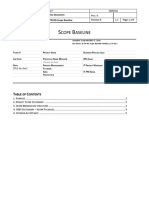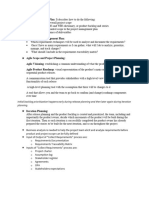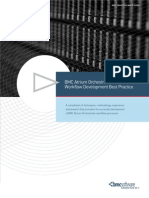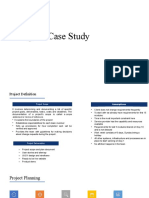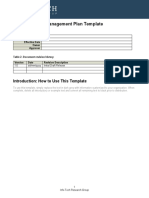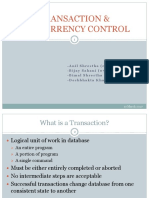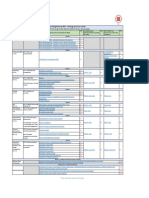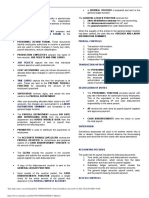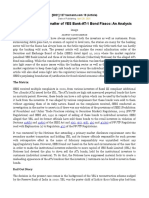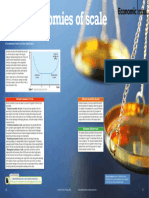0% found this document useful (0 votes)
21 views14 pagesSPM Lab Execution Guide
The Software Project Management Lab Execution Guide outlines a series of labs focused on managing a project for an 'Online Appointment Booking System.' Each lab covers essential project management skills, including tool familiarization, work breakdown structure creation, scheduling, cost estimation, risk management, quality management, and project monitoring. The guide provides detailed procedures, deliverables, and templates to support students in executing these tasks effectively.
Uploaded by
David KhadkaCopyright
© © All Rights Reserved
We take content rights seriously. If you suspect this is your content, claim it here.
Available Formats
Download as DOCX, PDF, TXT or read online on Scribd
0% found this document useful (0 votes)
21 views14 pagesSPM Lab Execution Guide
The Software Project Management Lab Execution Guide outlines a series of labs focused on managing a project for an 'Online Appointment Booking System.' Each lab covers essential project management skills, including tool familiarization, work breakdown structure creation, scheduling, cost estimation, risk management, quality management, and project monitoring. The guide provides detailed procedures, deliverables, and templates to support students in executing these tasks effectively.
Uploaded by
David KhadkaCopyright
© © All Rights Reserved
We take content rights seriously. If you suspect this is your content, claim it here.
Available Formats
Download as DOCX, PDF, TXT or read online on Scribd
/ 14
